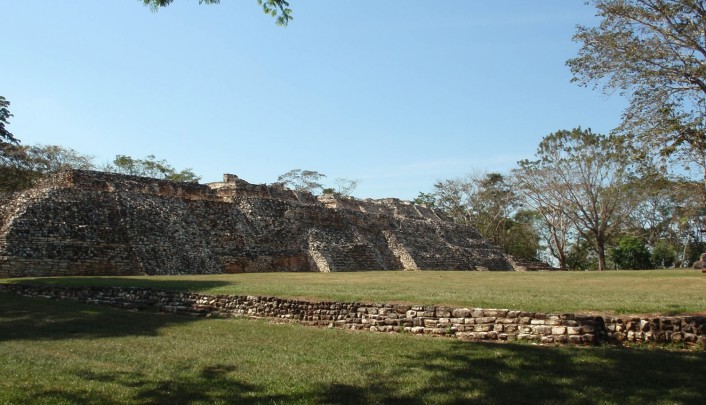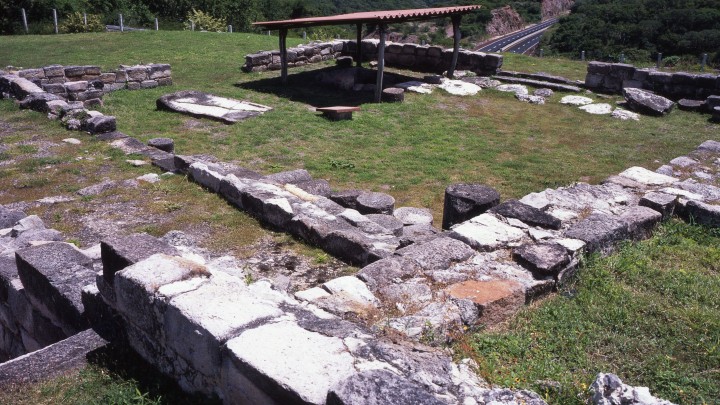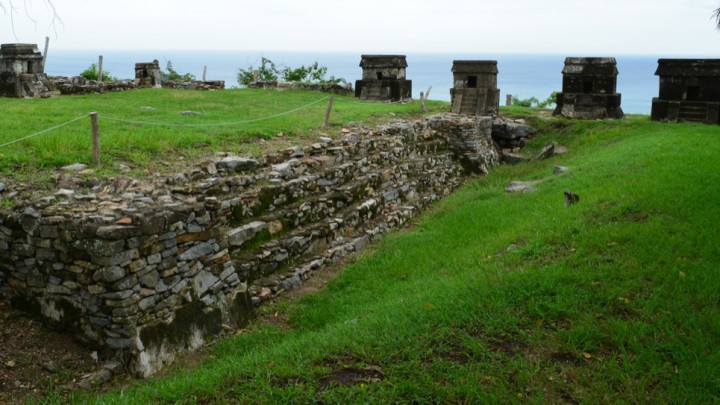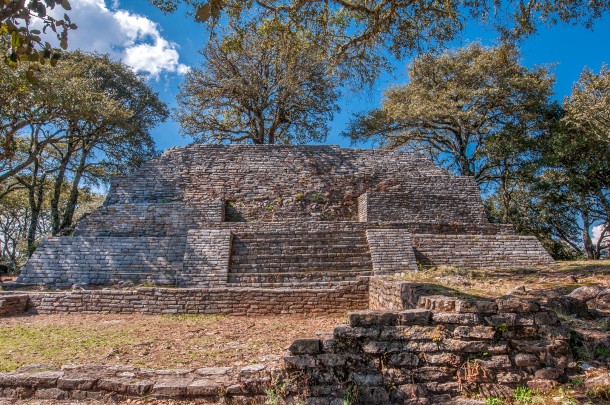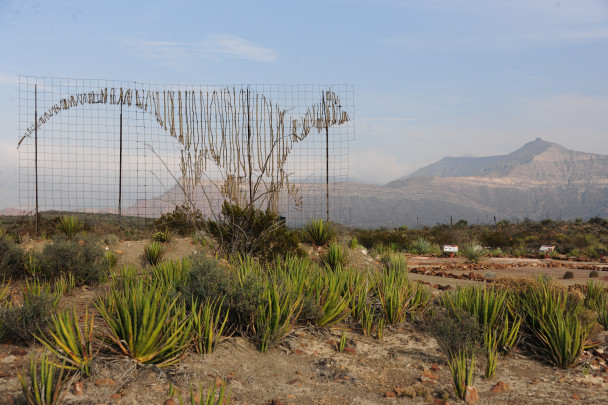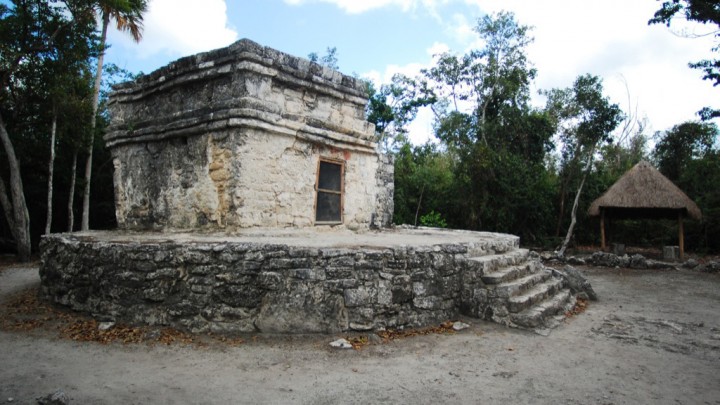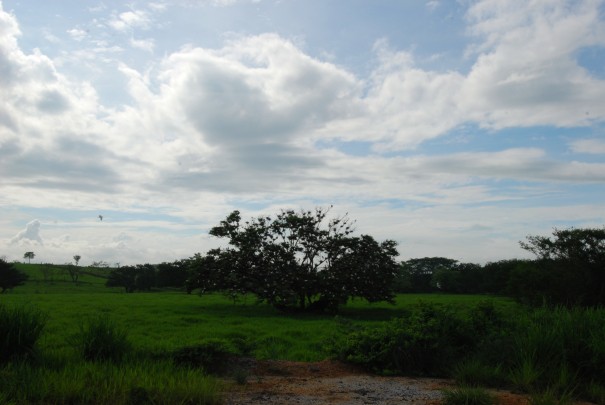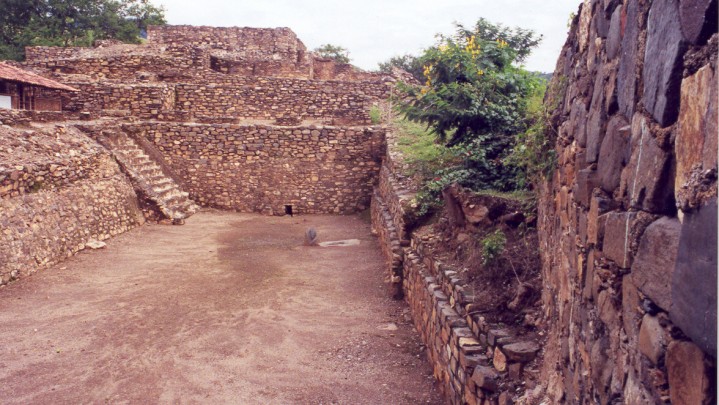189 Sites
Rich stelae, sculptures, tablets, and hieroglyphic inscriptions allow us to learn about its governors and the relations it had with other cities in the region. An independent political entity (600-800 AD), it played a vital role in the trade along the Usumacinta River.
Tabasco
Inhabited for 900 years from 600 BC by Olmec and Mezcala culture people. It is constructed with long stone blocks forming plazas, places of worship and a water supply system. A modern highway was forced to go through a 160 foot deep tunnel to avoid damaging the site.
Guerrero
A Totonac settlement (900-1521 AD), with a marvelous view of the coastal plain. It came under the control of the Toltecs first and later the Mexica. In turn a city, a cemetery (78 tombs were found) and a fortress. This was where Hernán Cortés formed an alliance in order to conquer the Tenochca empire.
Veracruz
Its strategic geographic location allowed it to control trade routes, as well as to exploit the great diversity of ecological and mineral resources found in the region.
Querétaro
This paleontological zone has revealed remains of dinosaurs from the Late Cretaceous period, approximately 72 million years ago. They include fossils that have led to the discovery of new species and new genres of dinosaurs that are unique in the world. For example, the Velafrons coahuilensis dinosaur, characterized by its sail-shaped forehead, not yet encountered anywhere else.
Coahuila
An important control point for protection of the Purépecha territory at the border with the Mexicas, populated by the Otomies, their allies, situated on top of the Zirahuatohill and adjoining mountains. Elegant remains of their constructions in the midst of a natural green area.
Michoacán
The principal Maya city on the island of Cozumel, founded 17 centuries ago, it was part of the intense trade and political network of Chichen Itza. The housing and religious complexes explored to date, together with the altars and pyramids, testify to its importance.
Quintana Roo
A very ancient and populous Olmec city. Strategically located along land and river transport routes. Enormous stone boulders were brought from the Sierra de los Tuxtlas, a volcanic mountain range, to make sculptures of colossal heads and thrones. The site began to be abandoned 29 centuries ago.
Veracruz
San Miguel Ixtapan is an elegant city founded around 1900 years ago in the middle of rich salt deposits. It was occupied first by the Otomies and latterly by the Mexica. It has a great ballcourt next to an artificial platform where human burial remains with rich offerings have been found, including fine stone and ceramic figures.
Estado de México

